Blog Decay: How Long Do Articles Drive Traffic Over Time?
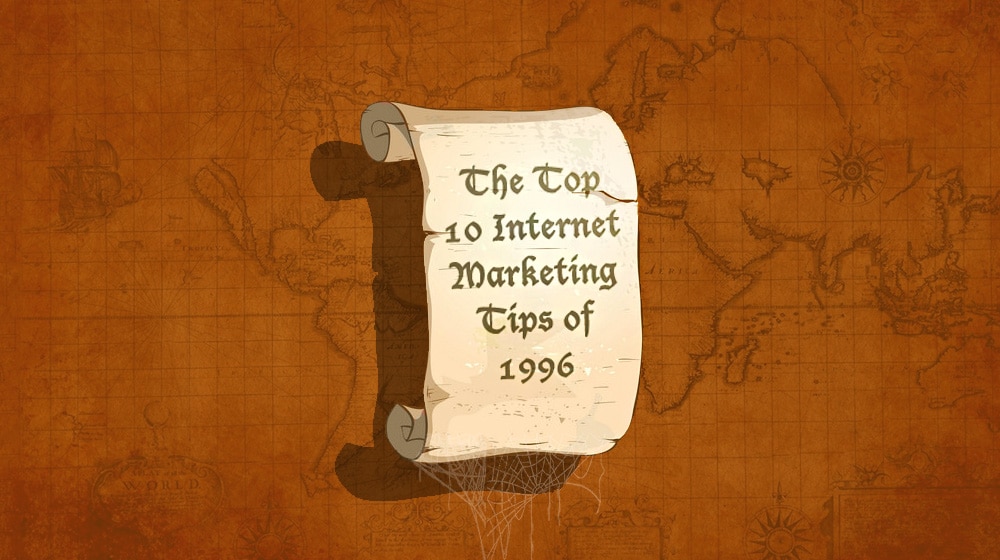
There's a certain duality to content marketing that puts pressure on bloggers from different angles.
On the one side, you have constant pressure to create new content. If you're not constantly creating, even if it's just one post per week, the idea is that you fall behind. Your blog can't possibly gain more readers, it can't get content ranking for your keywords, none of it. If you're not creating, you might as well not have a blog.
On the other hand, you have studies like this one that show something interesting. The average age of a piece of content on Google's front page is over two years old. Google claims they like fresh content, but time and again, when you run a search, you see posts from two, three, four, or more years ago ranking right up there. Newer content is often harder to find.
It's not like the new content isn't there. You can filter Google's search to only show you content from the last few weeks or months, and you'll still get thousands if not millions of results depending on the query.
We tend to think of content as a time-sensitive commodity. You write a post, and that post has an initial spike in traffic because it's new and fresh, and you're sharing it on social media, people are reading it and sharing it, and so on. Then, after a few days, or weeks in some cases, it dies down. It may still receive some visitors from people who want to recall this type of older news, whether that's a few hits a week or a few thousand hits a day.
The reality is, the life span of content depends a lot on the type of content. Some kinds of content last for a few hours, some for a few days, and some can be relevant for decades. So, let's look at various kinds of content and how long it lasts.
 30 Second Summary
30 Second Summary
You'll find content marketing falls into different categories, each with unique lifespans. You can get quick hits from news articles that last a few days at most. You can create clickbait that spikes and fades but might resurge on social media. You can make linkbait that gets citations from other sites. Your best option is to write broad, deep "compounding" content that you keep updated - this grows in value over time. You need to watch for competition, maintain backlinks and keep information fresh.
News Content
I've roughly ordered these types of content from shortest-lived to longest-lived, and here we start with news content. News content is the fruit fly of web content. Some news content might be relevant for a few hours, some for a few days, and some for a week or so. Rarely is news content "alive" for much longer.
This is why newspapers were daily publications, and why news websites publish dozens if not hundreds of new articles per day. They might cover narrow topics, like the closure of a local ice cream shop or a lane closure on a freeway, or they might cover national happenings like the viral pandemic developments.
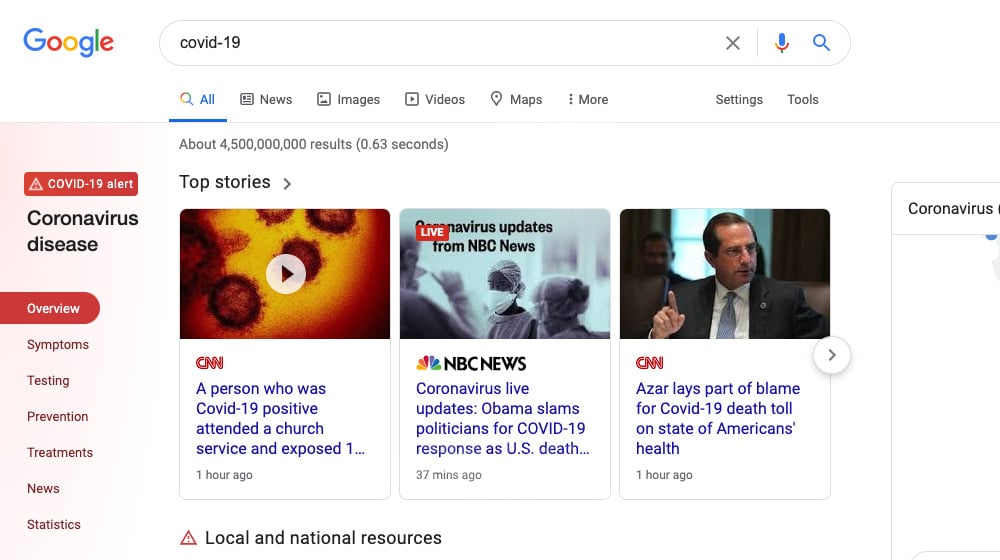
The typical traffic curve for news content tends to be an initial spike, followed by a drop over the subsequent hours and days. It's very rare that a piece of news content gets a second spike, and that only tends to happen when there are new developments for a story and the old story is updated, rather than a new story being published.
This is the area where Google favors fresh content the most. Any Google search you run, if you click the "news" tab, will show you content from the last few days, weeks, or months depending on how much content is available. Some queries that don't have a news-focused intent, for example, might show content from six months ago because there's not all that much available. Other queries, with a time-sensitive intent behind them, will show posts from a few hours or days ago at the oldest.
Clickbait Content
Clickbait content is interesting. The likes of Buzzfeed and Upworthy and all of those other sites that get shared a trillion times on Facebook, well, they live and die based on the whims of the people.
Clickbait content, when it misses, doesn't do much of anything. It gets a spike of traffic and dies back, and it's generally ignored moving forward. On the other hand, a lot of clickbait content can circulate far longer than you might think.
How often have you been scrolling through Facebook and see a piece of content shared by That One Friend, the one who always shares the clickbait that comes across their feed? Pretty much every day, right? Well, next time you're scrolling through your feed, take a look at some of those posts. A lot of them will be published in the last day or two, sure, but sometimes you'll see them from a month or more ago.

You can think of clickbait content as content that can come back to life. It gets a viral surge and dies down, but all it takes is a few people at the tail end of that surge sharing it to audiences that hadn't seen it before to get it going in an entirely new surge. Clickbait can thus take on a life of its own. It's rare, but I've even seen those kinds of posts circulating when the original was posted a year or more ago. This kind of content, as you'd expect, performs best on social media.
The trick is, clickbait doesn't linger and it doesn't grow. When it does finally die, it generally stays dead. People don't usually go back into the archives of a site like Buzzfeed trying to read their old content, because it's packed full of old memes, no-longer-interesting factoids, and information on celebrities that are no longer in the spotlight.
Linkbait Content
Linkbait content; now we're talking. This kind of content is pretty different from a lot of other kinds of content. It exists to gather links and citations, and to do that it needs to be regularly updated and at least somewhat evergreen. Usually, this kind of content serves as a resource that other content can cite later. It might not be something people sit down and read, but it's something that people link to when they're writing their own content discussing the same topic.
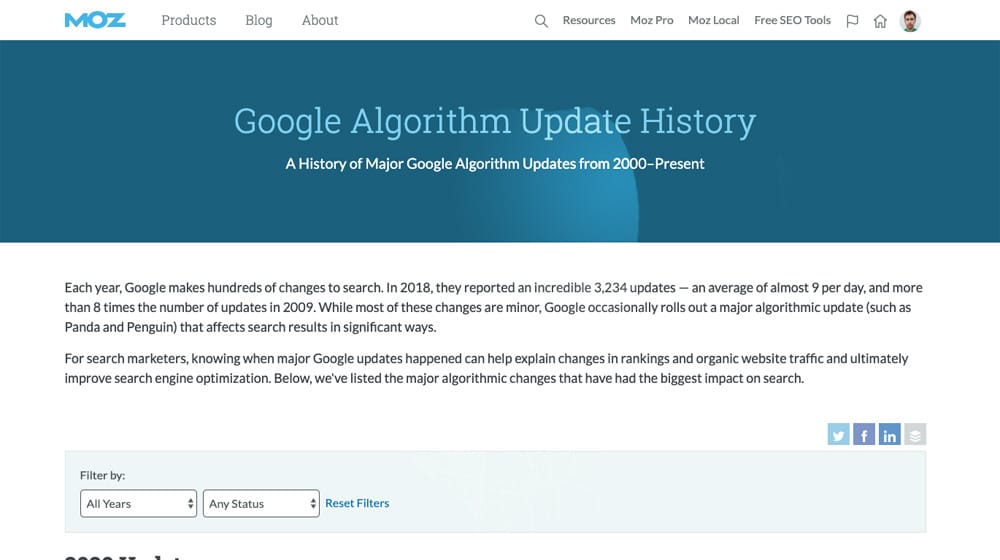
One big example is something like Web MD, or more specifically, the National Institutes of Health, which publish medical studies from around the world. Very few people sit down to actually read those studies. Those studies are not shared as-is on Facebook. Instead, they're used as references and citations in other content, like what you get on Healthline.
Linkbait content doesn't even necessarily get traffic, but it gets links, and links help grow your site's reputation with search engines. Google will rank your site higher when you have all of those useful links from relevant sites. Not that something like the NIH needs to show up in Google's search results, but other sites writing, say, marketing-based reference material might use it as a growth technique.
Compounding Content
Another form of evergreen content is called compounding content. This is content that, rather than decaying over time, it grows. HubSpot wrote a lengthy post detailing this style of content, but I'll try to give you the rundown.
Compounding content has two main qualities. It's relatively broad, while also being deep enough as a discussion into its topic that it has value. It's also kept up to date. This generally requires ongoing effort on your part (or the writer that is producing and maintaining your content).
One of my favorite examples of a pillar-style compounding content post is the Backlinko Google Search Ranking Factors post. This post was published years ago, but it is kept up to date every time Google makes a change to their algorithm. They keep an eye on how SEO works, and they edit the post accordingly, to include more information as necessary, change old advice, and generally make sure it's an ongoing, highly valuable resource.
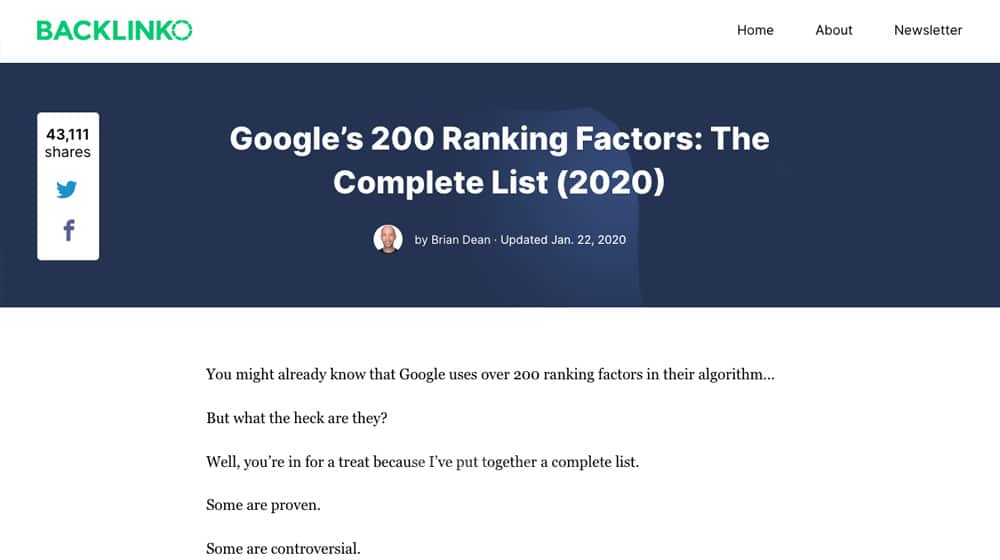
As of this writing, this content has over 43,000 shares on social media, and an untold number of backlinks, including probably dozens from my sites over the years.
This isn't viral content. It's not a surprising or shocking or clickbait-style piece of content that would get shared a million times on Facebook in a matter of months. Instead, it sits there, quietly growing in value week over week and month over month. Keeping that post up to date doesn't take a ton of work, but it brings in a ton of traffic and authority.
Additional Factors
There's also a lot of other factors that go into whether or not your blog content decays, how fast it decays, and whether or not it can bounce back.
First of all, you have to keep in mind the competition. Competition isn't usually a factor for something like clickbait content, nor is it a huge problem for compounding content, but everything in between is affected by it.
Something like Backlinko's post has a lot of momentum, but if another company with a similar level of authority wrote and published their own version, that new version could pull traffic and links away from the Backlinko version. If I were to write my own helpful resource on the topic with a bunch of other links to further reading on every section, along with unique studies, stats, and trustworthy citations, it would most likely yield a lot of traffic.
The trick, of course, is that they have a huge head start in terms of Google ranking, links, brand reputation, and everything that matters. To fight against Backlinko as a much smaller company is to go into a losing battle. That's not to say I couldn't get some value out of it, but my post would be pretty unlikely to outperform theirs without vastly significant time, effort, and money spent on promotion.
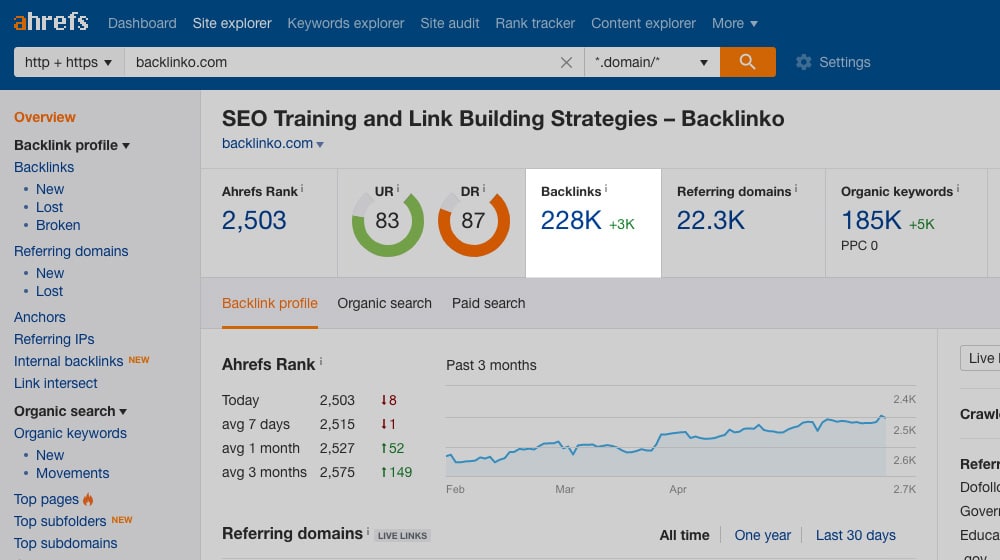
A second factor to consider is those ever-important backlinks. Links are how Google ranks content, and appearing in Google is how traffic makes its way to your site. Links, though, aren't static. They can fluctuate, both for good and for ill. More people might find your content and link to it in their own posts. On the other hand, sites that linked to you might be hacked, deleted, or otherwise disappear. Links disappear and change all the time. There are entire link building strategies built around finding and taking over old links.
Compounding content compounds because it steadily grows in terms of links. The more links there are to the piece, the more likely it is to rank highly in Google's search results, and the more traffic it will pull in. The more traffic it pulls in, the more likely that content creators will find and read it, and the more likely they are to add their own links to it. The cycle continues.
Another factor to keep in mind is, of course, Google itself. Specifically, Google's algorithm updates can push older evergreen content to the top of search results, make brand new blog posts outperform older content, or otherwise shake up the search results in a wide variety of ways. Google tries to minimize the impact of their changes in general, but every so often a large shake-up in the search results occurs. They are constantly improving their search results and putting a large focus on content quality, authority, expertise, and trustworthiness. Content could switch between decaying and growing at a moment's notice.

You also have to contend with age in your content. Specifically, the fact that the world is constantly changing and evolving, and your content might lose accuracy as time passes. If products that you're mentioning are no longer for sale, or if new studies have come to light since your article was written, it will confuse users and lose relevance, which means it will drop in performance until it is updated.
That's what sets apart a lot of the older content you still see in Google's search results; they keep it up to date. If you're keeping a record of Google's search ranking factors and new data comes to light about a new factor, you need to add that new factor to your content.
Sure, content that's a little out of date still ranks all the time. The older it gets, and the more out of date it gets, the lower it will rank. People will remove links to out of date content, or they will find newer content to change their links to. They will often stop visiting older content because it's no longer valuable to them.
The exception here is content that doesn't change. For example, if I were to write a guide on how to replace the motherboard in a particular Dell Inspiron laptop, those instructions aren't going to change in the next few years. The post might actually get more valuable as it ages, as computers age and break down over time, and more people might need the instructions to repair them.
Creating Compounding Posts
If you're interested in creating the kind of content that compounds in value over the years, rather than decays, you can do so. It's not even quite as hard as you might imagine. Here's how.

First, try to create something broadly valuable. The narrower a post is, the harder it is to get it to grow. A broad "ultimate guide" style post or a Complete Resource on a given topic is the way to go. You want it to gather as many citations as possible, from as many sources as possible.
Give your post a title that is evergreen. This can be tricky because your initial urge will be a compelling but timely title. "The Best Ergonomic Keyboards of 2020" is a great title… until 2021 rolls around. "The Top Rated Ergonomic Keyboards" is in general better for this kind of post, especially if your content is regularly updated with the latest models.
Make your post as large and as sprawling as possible, while maintaining a clear structure. You want to follow the chain of logic through the topic and answer as many side questions as possible. Anything you think a reader might want to know, answer it for them. If readers leave comments and want more, add that to the post later.
That's the key, above all else; keep the post alive. A compounding post is a living document. It grows as you add to it by answering questions, adding more data, linking more relevant studies, and keeping the information up to date.
Obviously, this is a pretty big investment over time. A compounding post only stays alive as long as you keep it going. Still, it's worth making them, every few weeks or months, so you have content on your site that consistently grows.
Is your older content still driving traffic to your website? What's the oldest post on your site that is still delivering results? Let us know in the comments below!



 30 Second Summary
30 Second Summary



October 29, 2020
I feel silly. I looked back at my old articles and all of them are news articles or things that are time-sensitive. I'm starting to understand the importance of evergreen stuff. I feel like I wasted a lot of time 🙁
November 01, 2020
Hey, it happens! I've deleted hundreds of articles over the years and it hurts every time. SEO and content changes very frequently so it's all part of it, but evergreen content is generally what stands the test of time. I ask myself with every new blog post, "Are people going to be searching for this on Google 5 or 10 years from now?", and if the answer is no, I usually skip that topic and write about something else instead.
May 03, 2022
How do you get ideas for evergreen topics? I can easily come up with time-sensitive ideas but I can't seem to think of many evergreen topics.
May 05, 2022
Hey Keith!
Check out these two articles I wrote on the subject, they should be exactly what you're looking for 🙂
https://www.contentpowered.com/blog/evergreen-blog-ideas-examples/
https://www.contentpowered.com/blog/blog-topic-ideas-tools/